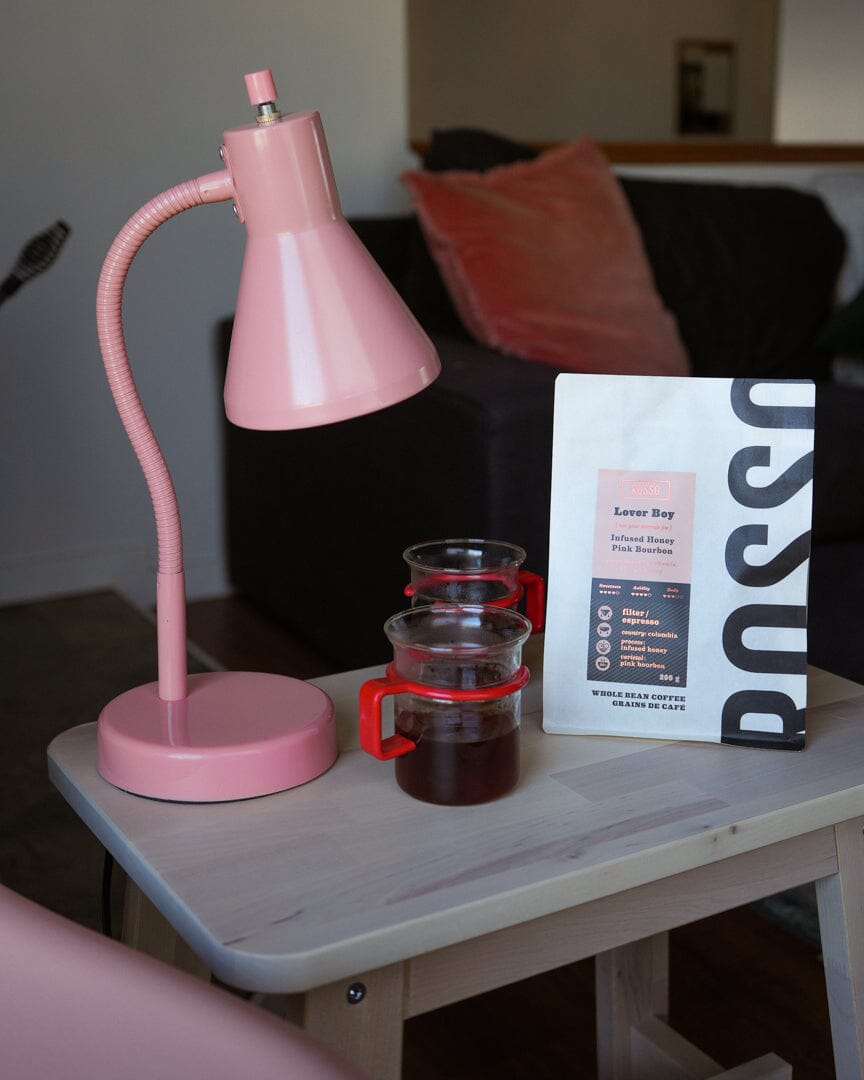

Experimental Processing—Spotlight on Infused Coffees

Coffee Processing Explained
All coffee beans start as coffee cherries that grow on trees and ripen over time. Each cherry typically contains two seeds, which are the coffee beans. To turn these coffee cherries into coffee, the fruit must be removed, this step is known as processing. There are two main traditional processing methods: the washed process and the natural process.
The washed process involves removing the outer layer of the coffee cherry (depulping), washing the beans to remove any remaining fruit, and then drying the beans. On the other hand, the natural process allows the fruit to dry around the bean, imparting its sweetness and fruitiness. Once the cherries are dry, they are sent to hulling machines to separate the fruit and the coffee beans.

Infused Coffee Processing
The specialty coffee industry is still evolving, and there is no definitive answer as to which processing method is the best. Different methods can be chosen to express different attributes of the coffee, and sometimes, the coffee producer wants to experiment with their coffees.
Lover Boy is a coffee processed using an experimental technique that involves an extra fermentation step. The coffee is produced by Felipe Arcila of Cofinet at his farm Jardines del Eden, where he continues to experiment with new methods to enhance coffee flavor. For this particular lot of Lover Boy, the coffee cherries were depulped and then fermented for 72 hours with fresh red fruits and wine yeast in a dry, anaerobic environment (low or no oxygen).
The Pink Bourbon varietal is known for it's intense fruity notes and complex profile is a great starting place for this experiment. The resulting fermentation created beautiful red berry tones of strawberries and cherries, building upon the coffee's inherent flavour profile.
While infusing coffee with fruit or other spices can produce unique flavours, it is important to keep in mind, this is not a common practice because of the potential quality issues. If not controlled properly, the added flavours can cause spoilage or fermentation issues. Sometimes the infusion can even take over and mask the coffee's natural flavours.










